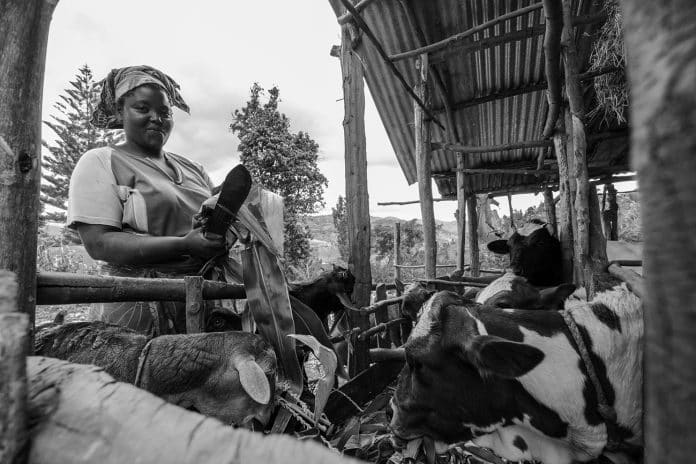A Quick Snapshot of Livestock Keeping in Tanzania
Background of the Industry of Livestock in Tanzania
Livestock keeping in Tanzania is exactly the same as all other areas in Africa, whereby several farmers across the rural areas rely on their livestock for survival. Animals like cattle, pigs, goats, and chickens are either used as the main source of food for the household or as a revenue source through the sale of animal by-products. These animals are important assets to many households throughout Africa. The fact that population growth and a growing middle class have increased the demand for animal protein in Sub-Saharan Africa defies the prevailing trend in a sector often neglected in terms of targeted investments. However, data shows that this may be a missed opportunity.
Discoveries
In a research paper released by the Livestock Data Innovation in Africa project, there’s enough evidence that livestock keeping in Tanzania can unearth many thought-provoking facts about potential benefits, investment gaps, as well as general social impact.
Some of the most significant discoveries of the Livelihoods and Livestock in Rural Tanzania study, based on the latest national survey, center on the contribution of the livestock sector to the country’s economic growth, the sector’s productivity as well as gender differences as regards ownership of livestock and access to markets and input.
From an economic point of view of livestock in Tanzania, the data shows that smallholder farmers are dominant in the Tanzanian agricultural industry and engage in some type of subsistence farming. Additionally, most rural families report some revenue generated from various livestock activities, making up an average of 22 percent of total family income. Poor families tend to own a smaller number of domestic animals, particularly goats and chickens. Conversely, wealthier families tend to have bigger animals, particularly cattle.
Inputs like hired labor and animal fodder are usually in short supply among smallholder livestock farmers in the country, while livestock sicknesses are widespread. These factors negatively impact the sector’s productivity and represent a missed opportunity. According to data, less than one-third of livestock belonging to families are vaccinated, and more than 55 percent of all animals suffer from some form of preventable illness. On a positive note, 25 percent of households that have livestock utilize organic fertilizer for producing crops. If this practice is taken to scale, it can potentially boost the country’s agricultural production as a whole.
Finally, there are significant gender differences among owners of livestock. Tanzanian women who have livestock and act as heads of their households provide their entire family with better nutrition. Although women hardly use inputs like vaccines, labor, and fodder because of financial hindrances, they are more adept at livestock keeping in Tanzania than men. The study shows that among women who have livestock, 37 percent of their total production is sold in the market compared to only 30 percent of the livestock produced by men.
Tanzania’s Ministry of Fisheries and Livestock is committed to enhancing livestock data to aid informed decisions. According to Longin Nsiima (livestock production expert in the ministry), “Reliable statistics give us the ears and eyes to meet the development needs of the people of Tanzania. The livestock sector is well-placed to drive economic growth with investment opportunities driven by data.”
The Livestock keeping in Tanzania survey affirms that investing in small-scale farmers who have livestock in the rural areas of Africa is an incentive for economic development. Solid data provides a clear path for growing targeted investments, while markets, capital, and inputs drive growth.
For more Agriculture in Tanzania articles click here!

































